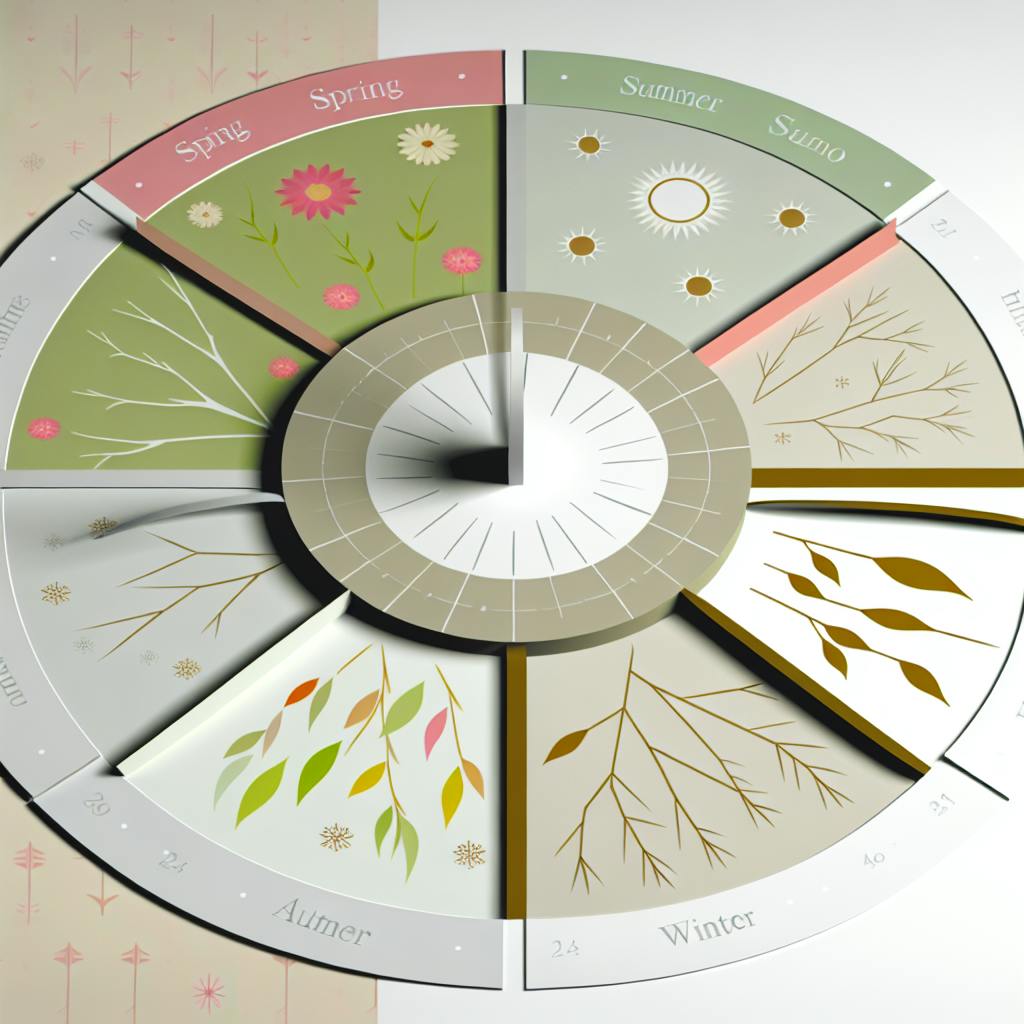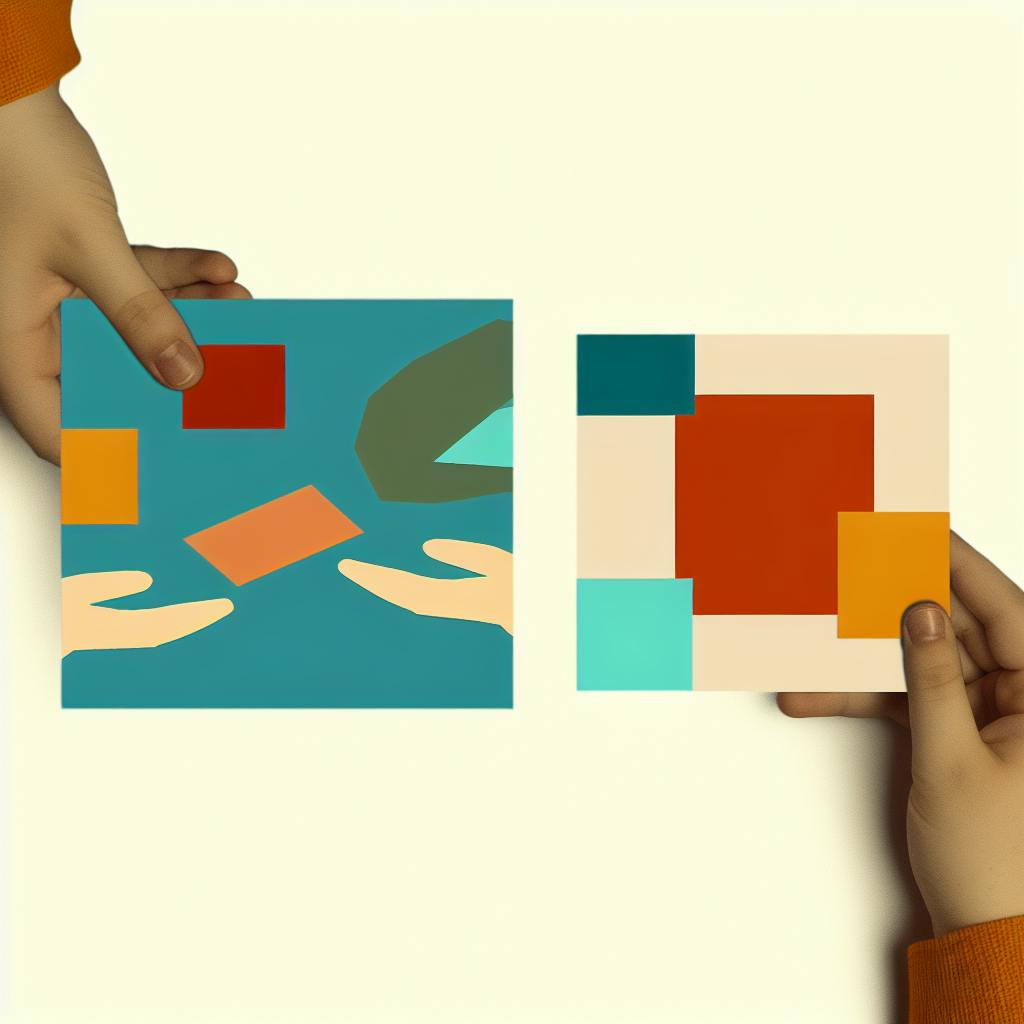Want to reach your audience across multiple platforms? Here's a quick guide to creating a successful multichannel content plan:
- Set clear, measurable goals
- Understand your target audience
- Review existing content
- Choose appropriate channels
- Create a content schedule
- Establish content creation processes
- Use a content management system
- Produce and optimize content
- Monitor and analyze results
| Step | Key Action |
|---|---|
| 1 | Define SMART goals aligned with business objectives |
| 2 | Build audience profiles and identify online habits |
| 3 | Assess content performance and identify gaps |
| 4 | Select channels based on audience preferences |
| 5 | Develop a main calendar and adapt content per channel |
| 6 | Assign team roles and create workflows |
| 7 | Choose a suitable CMS and set content guidelines |
| 8 | Tailor content to each platform's requirements |
| 9 | Track key metrics and use insights to improve |
By following these steps, you'll create a cohesive content strategy that reaches your audience effectively across multiple channels.
Related video from YouTube
1. Set Clear Goals
Setting clear, measurable goals for your content strategy is key. It helps guide your work and keeps everyone focused on the same targets across different platforms.
Create SMART Goals

Use the SMART framework to set good goals:
| SMART Element | Description | Example |
|---|---|---|
| Specific | Clear and exact | Increase Facebook likes by 20% |
| Measurable | Can be counted | Track likes and comments |
| Achievable | Realistic | Based on current performance |
| Relevant | Fits business aims | Align with sales targets |
| Time-bound | Has a deadline | In the next quarter |
Match Business Objectives
Your content goals should support your main business goals. This keeps your content plan in line with your company's overall success.
Here's how to link content goals with business goals:
| Business Goal | Content Goal |
|---|---|
| Launch new product | Create posts about product features |
| Increase sales by 15% | Make content that leads to sales |
| Improve customer satisfaction | Write helpful guides and FAQs |
2. Know Your Audience
Understanding your audience is key to making content they'll like. When you know who you're talking to, you can make content that fits their needs and interests.
Build Audience Profiles
Making audience profiles helps you picture your ideal customers. These profiles include basic facts about them and what they care about. This helps you make content that speaks to them directly.
Here's what to include in your audience profiles:
| What to Include | Description | Example |
|---|---|---|
| Basic Facts | Age, where they live, job | 25-45 years old, city people, office workers |
| Likes | Hobbies, what they care about | Enjoy fitness, care about the environment |
| Online Habits | How they use the internet, how they shop | Use social media a lot, shop online often |
| Problems | What they struggle with, what they want to fix | Want to be healthier, looking for eco-friendly products |
Find Out Where They Spend Time Online
Knowing which online platforms your audience uses helps you put your content in the right places. This way, more people will see and engage with what you make.
Check these things to learn where your audience spends time:
- Social Media: Which sites do they use most? What kind of posts do they like?
- Email: What emails do they open? How often do they want emails?
- Blog: What topics do they read about? Do they prefer articles, videos, or podcasts?
- Video: Where do they watch videos? What types of videos do they like?
3. Review Existing Content
Looking at your current content helps you plan better for multiple channels. This step shows you what works, what doesn't, and where you can improve.
Check Content Performance
Start by looking at how well your content is doing. Check these numbers:
| What to Check | What It Means | Example |
|---|---|---|
| Engagement Rate | How many people interact with your content | 25% of people liked or commented on your Facebook post |
| Click-Through Rate (CTR) | How many people click links in your content | 10% of people clicked the link in your email |
| Conversion Rate | How many people do what you want after seeing your content | 5% of people bought something after reading your blog post |
Find Content Gaps
After checking how your content is doing, look for what's missing. Ask yourself:
- What topics or types of content are we not making?
- Are we missing any groups of people we want to reach?
- Are there any online places where we're not sharing content?
Finding these gaps helps you make a plan to fill them and make your content better overall.
For example, if you see that people like your videos but you don't have many on YouTube, you can plan to make more videos and put them on YouTube.
4. Pick Your Channels
Assess Channel Options
When choosing channels for your content plan, think about:
- Where your audience spends time online
- Which channels get the most likes and comments
- What types of content work best on each channel
This helps you pick the right places to share your content.
Balance Channel Use
Don't put all your effort into one channel. Instead:
- Use different channels to reach more people
- Focus more on channels that work well, but keep using others too
- Try new things and change your plan if needed
This way, you can reach more people and keep them interested.
| Channel | Who Uses It | How People Interact | Best Content Types |
|---|---|---|---|
| Many age groups | Medium interaction | Text, images, videos | |
| Younger users | High interaction | Photos, short videos | |
| News followers | Quick responses | Short updates, links | |
| YouTube | All ages | Long watch times | Longer videos |
| TikTok | Teens, young adults | Very high interaction | Short, fun videos |
Use this table to help you choose which channels to use. Pick the ones that match your audience and the type of content you make.
5. Make a Content Schedule
Build a Main Calendar
A main calendar helps you plan when to share your content across different channels. It keeps your team on the same page and makes sure you don't miss important dates.
When making your main calendar, think about:
- Important dates: Mark holidays, product launches, and events your audience cares about.
- Topics: Choose topics that fit your content plan and what your audience likes.
- Content types: Decide what kinds of content you'll make, like blog posts, social media updates, videos, and podcasts.
Here's what a simple main calendar might look like:
| Date | Topic | Content Type | Where to Share |
|---|---|---|---|
| March 1 | Spring Clothes | Blog Post | Website |
| March 8 | Women's Day | Social Media Update | Facebook, Twitter, Instagram |
| March 15 | New Product | Video | YouTube, Website |
| March 22 | Spring Travel | Podcast | Apple Podcasts, Spotify |
Change Content for Each Channel
While your main calendar gives you a big picture view, it's important to change your content to fit each channel. This helps you connect better with people on different platforms.
When changing your content for each channel, think about:
- What people like: Make content that fits the people who use each channel. For example, if younger people use your Instagram, use more pictures and videos.
- How each channel works: Make sure your content fits the rules of each channel. For example, Twitter has a word limit, but YouTube lets you make longer videos.
- How you talk: Change how you speak to match each channel. You might be more formal on Facebook but more casual on Twitter.
By changing your content for each channel, more people will like and share what you post.
Here's how you might change the same content for different channels:
| Channel | How to Change Content |
|---|---|
| Longer post, more formal, add a link to your website | |
| Short, casual post with a picture | |
| Lots of pictures or short videos, use hashtags | |
| YouTube | Longer video, more formal, add a link to your website in the description |
sbb-itb-bc761f5
6. Set Up Content Creation Steps
Create Work Processes
To make good content quickly, you need a plan. Here's how to set one up:
- Decide what you want your content to do
- Choose who does what on your team
- Make a step-by-step plan for creating content
Here's an example of a content creation plan:
| Step | What to Do | Who Does It |
|---|---|---|
| 1. Plan | Pick topic and goals | Content Manager |
| 2. Research | Find information | Content Creator |
| 3. Write | Make the content | Content Creator |
| 4. Check | Look over the content | Content Manager |
| 5. Share | Put content online | Content Manager |
This plan helps everyone know what to do and when to do it.
Assign Team Roles
Give each person on your team a clear job. This stops people from doing the same work twice. Here are some jobs you can give:
- Content Manager: Leads the team and checks the work
- Content Creator: Writes and edits the content
- Reviewer: Reads the content and says if it's good
When you give out jobs, think about:
- What each person is good at
- How much work each person can do
- Making sure everyone talks to each other
7. Use a Content Management Tool
Pick the Right System
Choosing a good content management tool helps you plan and share content across many channels. Here's what to think about when picking a system:
- Can it grow as you need more?
- Does it work with your other tools?
- Can you change it to fit how you work?
- Is it easy to use?
Here are some popular options:
| System | What it does | Can it grow? | Works with other tools? |
|---|---|---|---|
| WordPress | Easy to use, lots of add-ons | Yes | Yes |
| HubSpot | All-in-one for marketing, sales, and customers | Yes | Mostly |
| Contentful | Flexible, works with many platforms | Yes | Yes |
Set Content Rules
Making rules for your content helps keep it good and the same across all channels. Here's what to do:
- Decide how your brand should sound
- Make a guide for writing style
- Plan when to share content
- Choose who checks content before sharing
Setting these rules helps people trust your brand and like your content more.
Here's an example of content rules:
| Rule | What it means | Who does it |
|---|---|---|
| How we sound | Be friendly when writing | Content Manager |
| Writing style | Use AP style for grammar | Content Creator |
| When to share | Plan content 2 weeks ahead | Content Manager |
| Checking content | Content Manager must approve before sharing | Content Manager |
8. Make and Improve Content
Plan for Each Channel
To make good content for different online places, follow these steps:
- Know who you're talking to: Find out what your audience likes on each channel.
- Set goals: Decide what you want to achieve, like getting more followers or website visits.
- Pick the right content: Choose what works best for each channel, like videos for YouTube or pictures for Instagram.
- Use special features: Try things like Instagram Stories or Facebook Live to make your content more interesting.
Fit Content to Platforms
After planning, make sure your content fits each online place well:
| Tip | What to Do |
|---|---|
| Write good titles | Make titles that make people want to click |
| Make it work on phones | Check that your content looks good on small screens |
| Use nice pictures | Add good photos or videos to catch people's eye |
| Keep it short | Write less on places like Twitter and Instagram |
9. Track and Study Results
Checking how well your content does is key to making it better. By looking at the numbers, you can see what works and what doesn't, and make smart choices for your next steps.
Pick Important Numbers to Watch
To see how well your content is doing, you need to choose which numbers matter most. These numbers should match what you want to achieve. Here are some common ones to look at:
| Type | What to Count | Examples |
|---|---|---|
| How People React | Likes, shares, comments | 100 likes on a Facebook post |
| How Many People See It | Views, visitors | 1000 views on a YouTube video |
| What People Do After | Clicks, sign-ups, buys | 50 new email sign-ups |
| How Long People Stay | Time on page, return visits | Average 2 minutes on a blog post |
When picking which numbers to watch:
- Make sure they match your goals
- Don't pick too many - focus on a few key ones
- Mix different types to get a full picture
Use What You Learn to Get Better
Once you know which numbers to watch, use what you learn to make your content better:
- Look at your numbers often to see what's working
- Find patterns in what people like
- Try different things and see which works best
- Change your plan based on what the numbers show
Conclusion
Quick Step Review
Here's a simple review of the 9 steps for good multichannel content planning:
| Step | What to Do |
|---|---|
| 1. Set Clear Goals | Make goals that fit your business plans |
| 2. Know Your Audience | Learn about who you're talking to |
| 3. Review Existing Content | Check what you have and what's missing |
| 4. Pick Your Channels | Choose where to share your content |
| 5. Make a Content Schedule | Plan when to post and how to change content for each place |
| 6. Set Up Content Creation Steps | Decide who does what on your team |
| 7. Use a Content Management Tool | Pick a system to help organize your work |
| 8. Make and Improve Content | Create content that fits each channel |
| 9. Track and Study Results | Look at how well your content does and make it better |
Keep Improving
Making content for many channels is something you need to keep working on. The internet changes a lot, so you need to be ready to change too. Here's how to stay on top of things:
- Check how your content is doing often
- Be ready to change your plans if needed
- Learn about new ways to make and share content
- Watch what your audience likes and doesn't like
FAQs
How to create a multi-channel content strategy?
To make a multi-channel content strategy, follow these steps:
- Know your audience: Find out who your customers are and what they like.
- Set goals: Decide what you want your content to do.
- Pick channels: Choose where to share your content, like social media or email.
- Make a plan: Schedule when you'll post your content.
- Use content more than once: Share the same content in different ways on different channels.
How do you structure an effective multi-channel market plan?
Here's how to make a good multi-channel market plan:
| Step | What to Do |
|---|---|
| 1. Know your audience | Find out who your customers are and where they spend time online |
| 2. Set clear goals | Decide what you want your marketing to do |
| 3. Choose channels | Pick the best places to share your content |
| 4. Make a clear message | Use the same tone and ideas across all channels |
| 5. Connect your channels | Make sure all your channels work well together |
What is multichannel content?
Multichannel content means sharing your content in many places online. This could be:
- Social media posts
- Emails
- Blog posts
- Paid ads
By using many channels, you can:
- Reach more people
- Get more people to see your content
- Share your message in different ways
Using the same content on different channels helps you save time and get better results.



